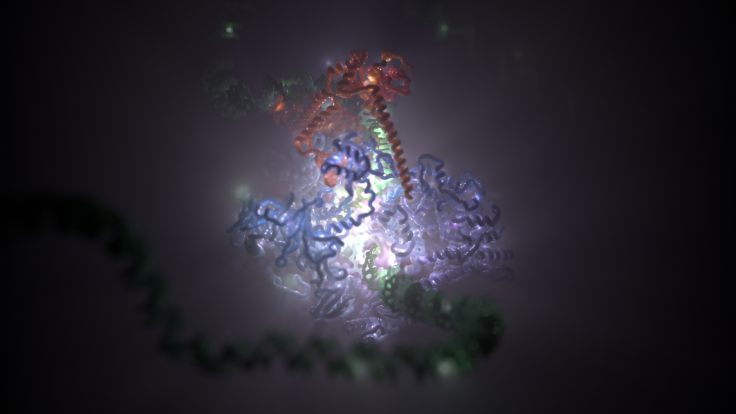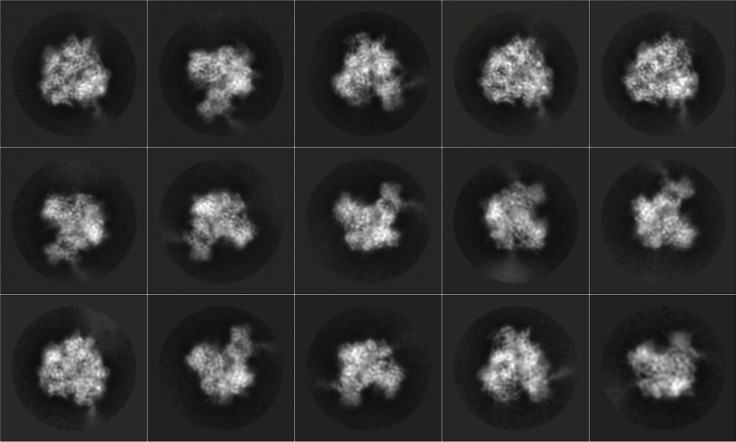Mesmerising DNA close-up images shed new light on one of life's most fundamental processes
The new research could lead to the development of new types of cancer treatments.

Scientists have released fascinating close-up images of DNA, casting new light on one of life's fundamental processes for the first time.
The new research, published in the journal Nature, could lead to the development of new types of cancer treatment.
DNA is a molecule that carries the genetic instructions, or code, responsible for the development, functioning and reproduction of all known living organisms, as well as many viruses.
However, to read the instructions encoded in DNA and convert them into biological processes, a kind of 'transcription service' is required. This is where a molecule known as RNA polymerase III comes in. This molecule decodes the genetic instructions in DNA – a process crucial for all life in the animal, plant and fungi kingdoms.
In unprecedented detail, scientists from the Institute of Cancer Research (ICR), London, managed to capture images of the RNA in the act of decoding genetic instructions, using an advanced imaging technique called Cryo-EM (Cryo-electron microscopy).
The technique – which won Jacques Dubochet, Joachim Frank and Richard Henderson the Nobel Prize in Chemistry last year – is revolutionising biochemistry, as it allows researchers to take pictures of incredibly small molecules up to 20,000 times smaller than the width of a human hair.

"We used a really exciting new type of microscopy called Cryo-EM to do something no scientists have been able to do before," said Alessandro Vannini, leader of Structural Biology at the ICR.
"We were able to freeze and catch the RNA polymerase III complex in the act of attaching to, separating and reading the DNA code. We obtained almost a million independent snapshots and, using powerful computers we grouped similar snapshots together, enhancing their detail to obtain a vivid reconstruction of this machinery at work."
Once the RNA reads the genetic code it produces key proteins that enable cells to grow or make new cells. It is this process that is often hijacked by cancer – the disease causes cells to produce too many of these proteins in order to rapidly grow and multiply.

"Now we know how the components of this crucial molecular mechanism fit together, we may be able to design drugs that turn the system on or off – and this could offer a whole new way of treating cancer," said Vannini.
The research examined yeast cells. However, the molecular processes are the same in humans.
Universities and Science Minister Sam Gyimah added: "This incredible new advancement in DNA decoding will further our understanding of disease, potentially leading to vital lifesaving treatments."





















